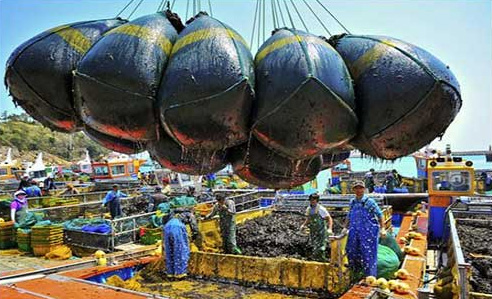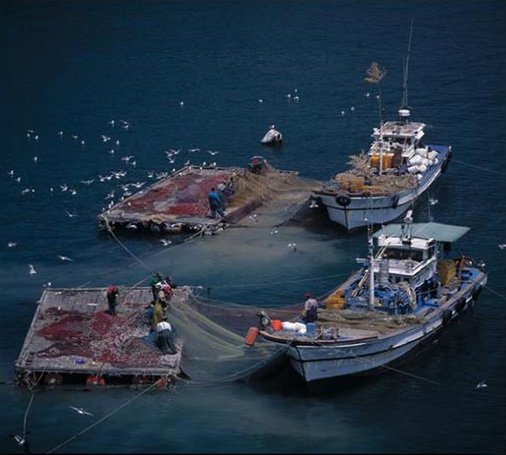
Sea currents near Korea are based on the warm Kuroshio Current and the cold Liman Current. The boundary of water masses where the North Korean cold current and the East Korean warm current intersect forms a particularly rich plankton mass. In this regard, the East Sea can be considered a golden zone where both cold water species such as cod, pollack, and herring, as well as warm water species such as squid, saury, anchovy, sardine, and mackerel can be caught.

In particular, as Korea’s western coast where about 80% of the nation’s mudflats are located, is shallow, reclamation projects are active and fishery resources are abundant. The South Sea has rough coastlines and many headlands and bays. This is a prime region for harvesting anchovies, hairtails, mackerels, halibuts, oysters, and seaweed. Lastly, since the topography of the East Sea is a basin, it is the deepest of the seas surrounding Korea and is rich in fish as it is where the warm and cold currents meet.

※ The texts were written based on the outcome of “development of marine territory educational and promotional data” project pursued by the Korea Maritime Foundation in 2013.※ The texts were written based on the outcome of “development of marine territory educational and promotional data” project pursued by the Korea Maritime Foundation in 2013.